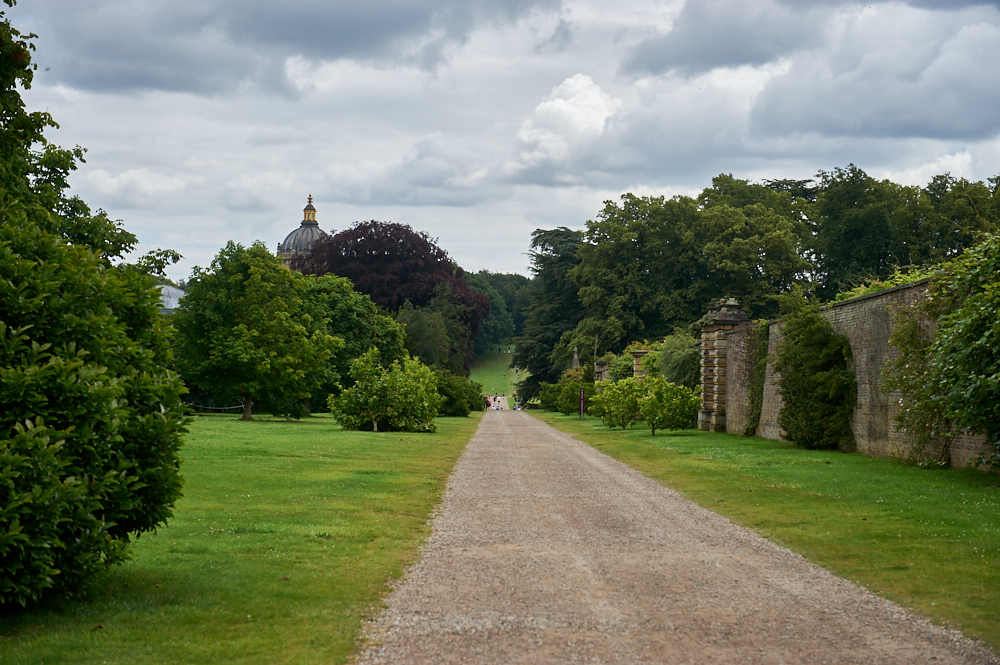
It´s just a one-hour bus ride from York to the stunning Castle Howard in the Howardian Hills and you´ll enjoy the ride looking at the beautiful scenery. And it will save you some money, with showing your bus tickets you´ll save 2£ on the entrance to Castle Howard.

It was the day of the Castle Howard Triathlon and sometimes (or quite often) I met some runners along the way around the Castle grounds. Very politely they said “Thank you” for every cheering them on.
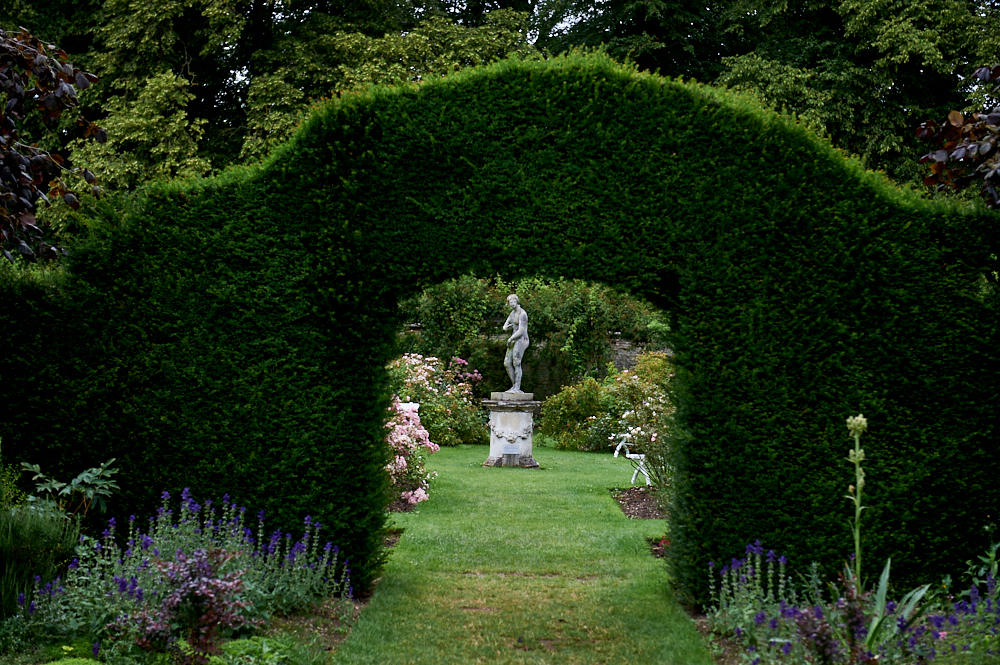
I started in the walled garden and could have stayed there the whole day – such a whimsical place!
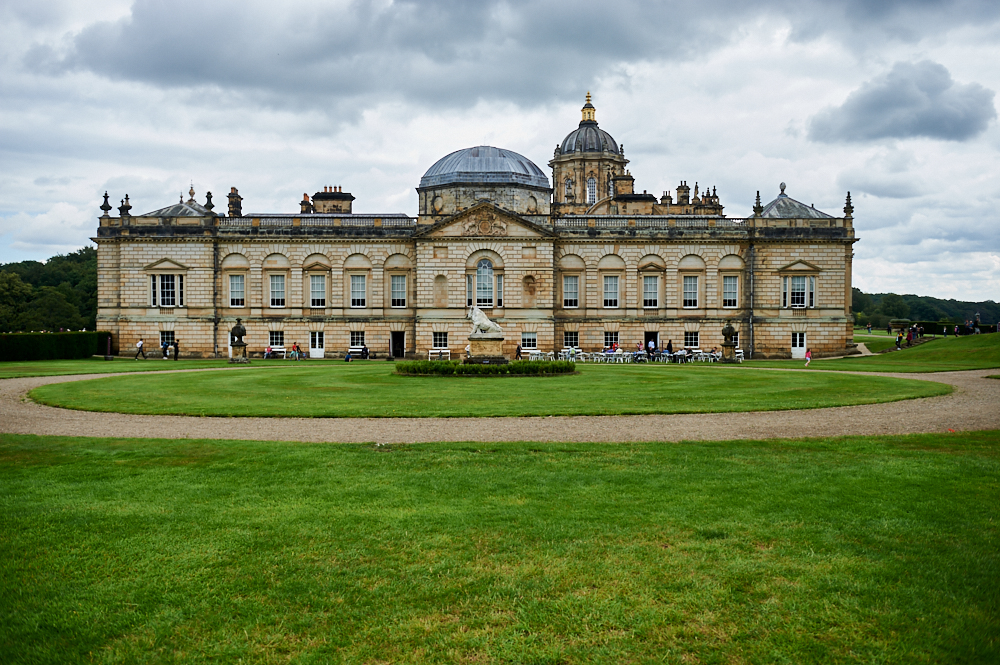
Castle Howard, which was designed by Sir John Vanbrugh and building started in 1699 and it took about 100 years until the house was finished. More than 145 rooms house a magnificent art collection includes ancient sculptures, old masters and works by Joshua Reynolds and Thomas Gainsborough. Castle Howard still is a private residence of the Howard family. But open to the public since 1952.
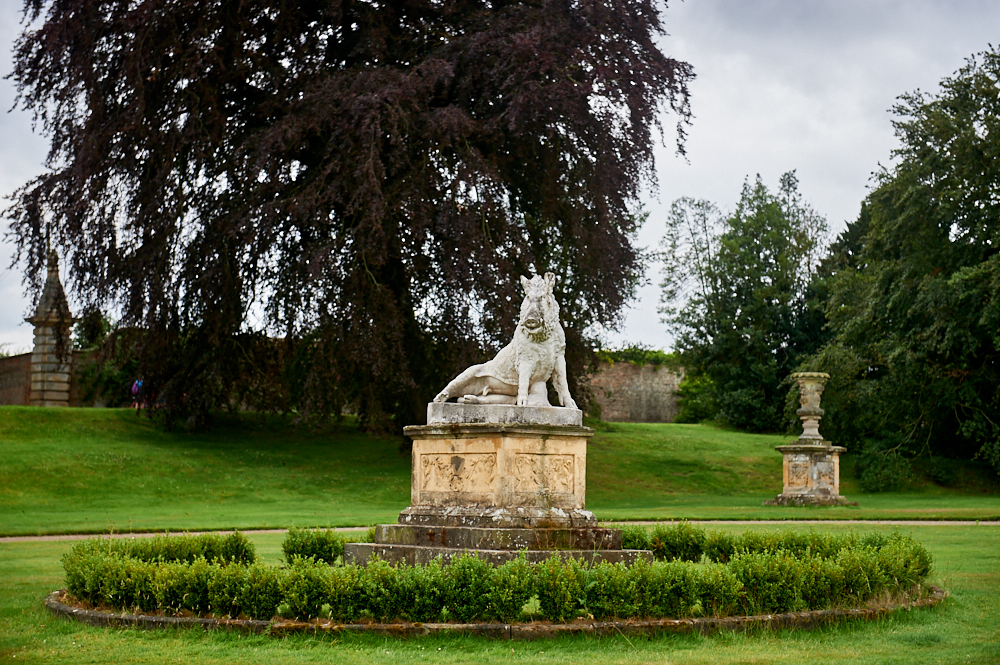
Vanbrugh’s design evolved into a Baroque structure with two symmetrical wings projecting to either side of a north-south axis. The crowning central dome was added to the design at a late stage, after building had begun. (Wikipedia)

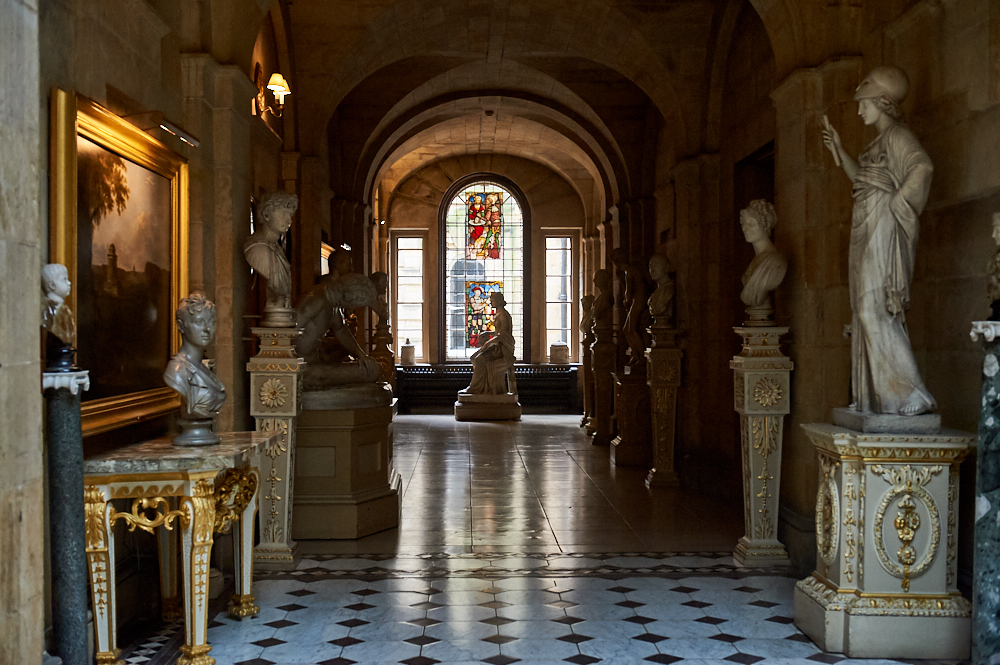
A large part of the house was destroyed by a fire which broke out on 9 November 1940. The dome, the central hall, the dining room and the state rooms on the east side were entirely destroyed. Antonio Pellegrini’s ceiling decoration the Fall of Phaeton was lost when the dome collapsed. In total, twenty pictures (including two Tintorettos and several valuable mirrors) were lost. The fire took the Malton and York Fire Brigades eight hours to bring under control. (Wikipedia)
Some of the rooms were rebuilt and restored, Pellegrini’s Fall of Phaeton was recreated in the dome. Some rooms in the first floor were superficially restored in 2008 for the filming of “Brideshead Revisited” and now house an exhibition about the house before the big fire.
The blaze began as a chimney fire in the south-east corner of the South Front, and swept westerly through the building.
Fanned by strong winds, the fire destroyed rooms in the basement, principal and upper levels, as well as the dome, which collapsed into the Great Hall.
That the damage was not more extensive was thanks to the fire service, who eventually brought the blaze under control, and to the girls of Queen Margaret’s School, Scarborough, who had been evacuated to Castle Howard and were able to salvage some of the contents. (Castle Howard)
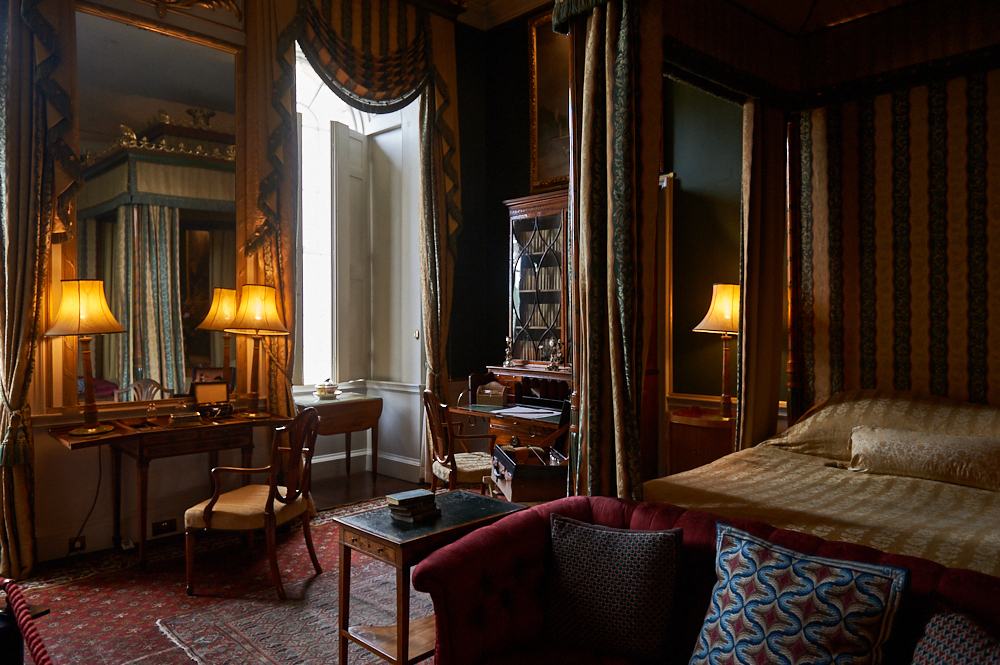

The South-East Wing has only been restored externally and remains a shell inside.
Castle Howard was actually considered to become “Downton Abbey” but then seemed to be too known for “Brideshead Revisited”, a TV show from 1981 and then the film remake in 2008.
But even so, Highclere Castle became the real “Downton Abbey” Castle Howard starred in numerous movies and TV shows: “Lady L”, “The Buccaneers”, “Barry Lindon”, “Death comes to Pemberly”, “The spy with the cold nose” and many more!
Castle Howard Gardens
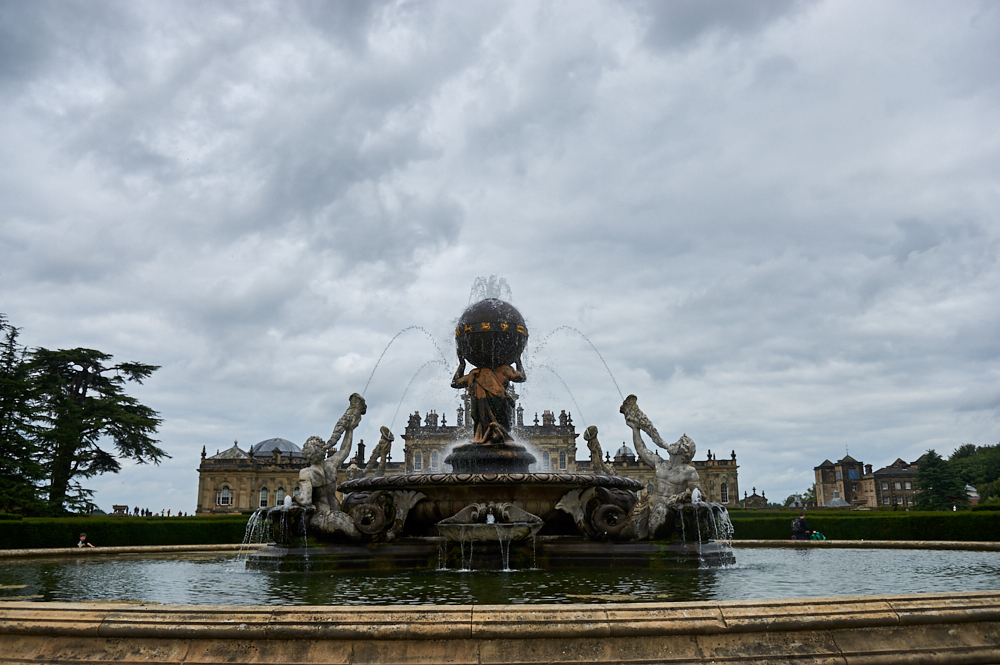
Castle Howard is set within 13.000 acres of landscape within the Howardian Hills.
There is a large formal garden immediately behind the house. The house is prominently situated on a ridge and this was exploited to create an English landscape park, which opens out from the formal garden and merges with the park. (Wikipedia)
Crossing the routes of the runners I took an extensive walk through the garden up to the Temple of the Four Winds and back though the forrest towards the lake. There are great views of the house from all directions. And it was nice to get away from the crowds a bit.
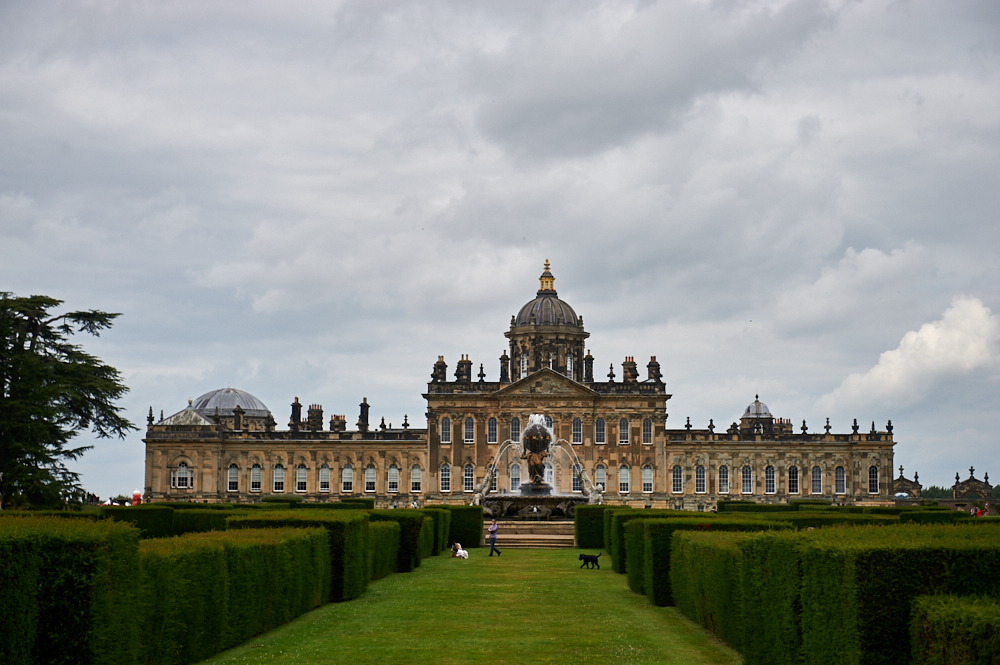
The most recognisable piece of sculpture at Castle Howard, the Atlas Fountain sits at the centre of the South Parterre and is visible from much of the house. The fountain was commissioned by the 7th Earl in 1850 from the landscape gardener William Andrews Nesfield; the sea gods that surround Atlas were carved by the sculptor John Thomas and transported from London by railway. In 2010 it underwent major restoration work. (Castle Howard)
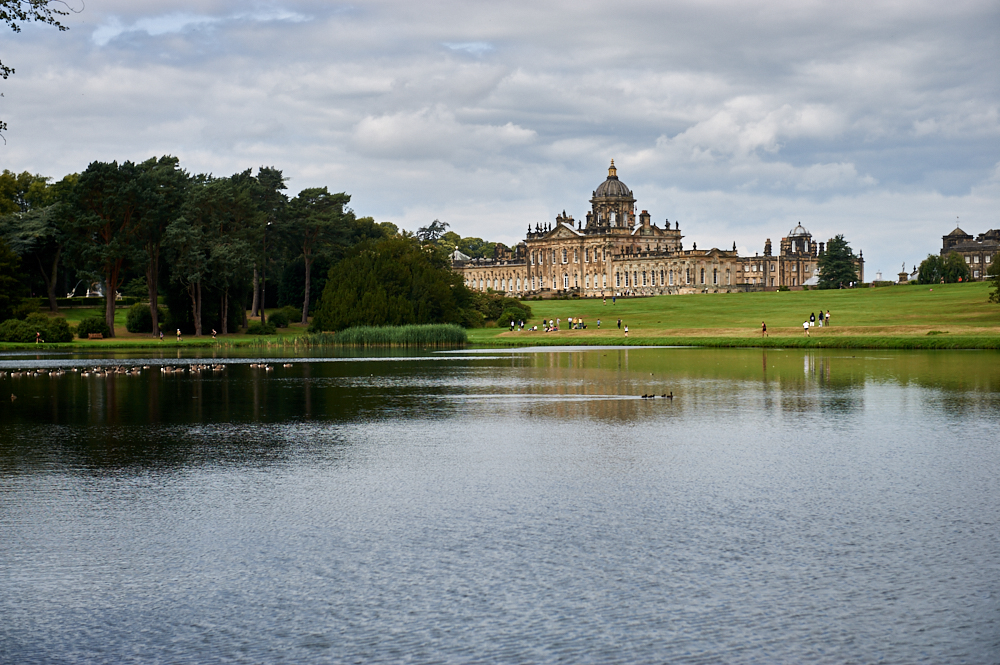
The Temple of four winds
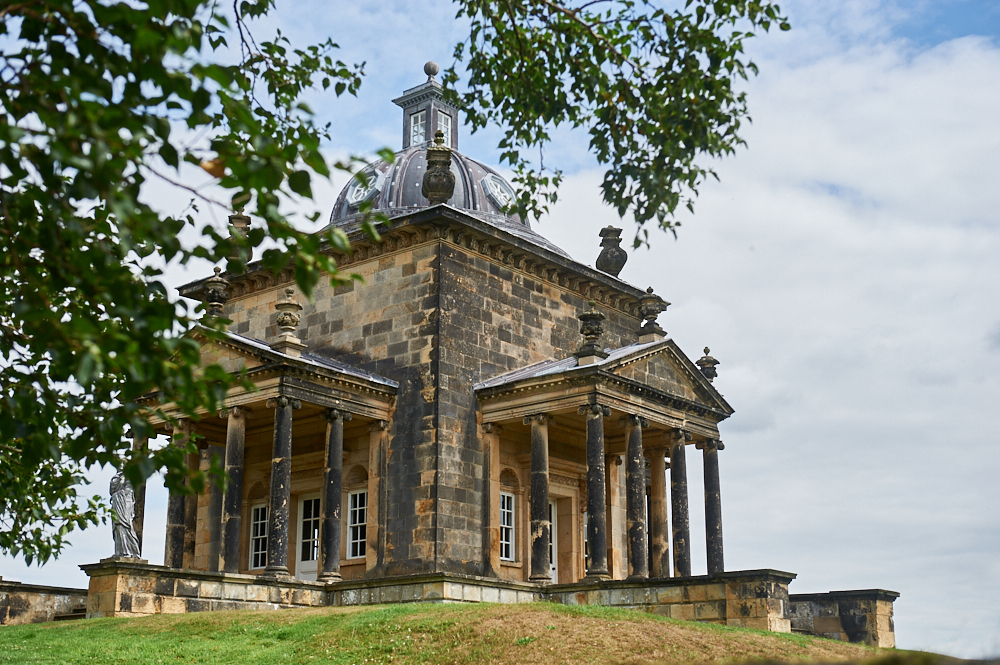
Designed by Vanbrugh but remained unfinished until 1738 when Francesco Vassalli decorated the temple inside.
There is a cellar underneath the temple, used by the servants to prepare food. Originally the temple was used for reading and refreshments.
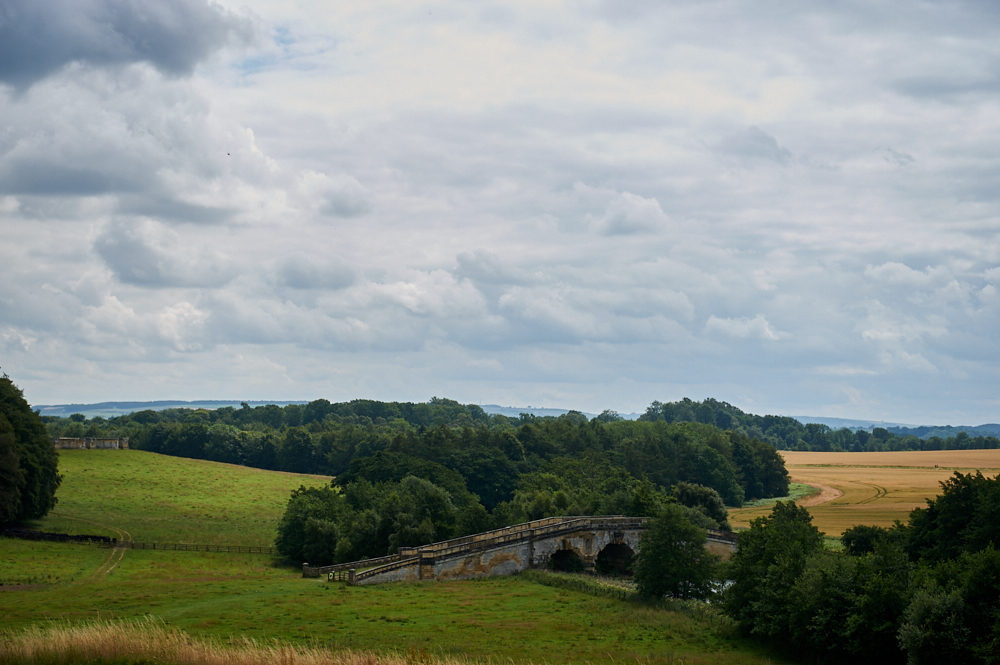
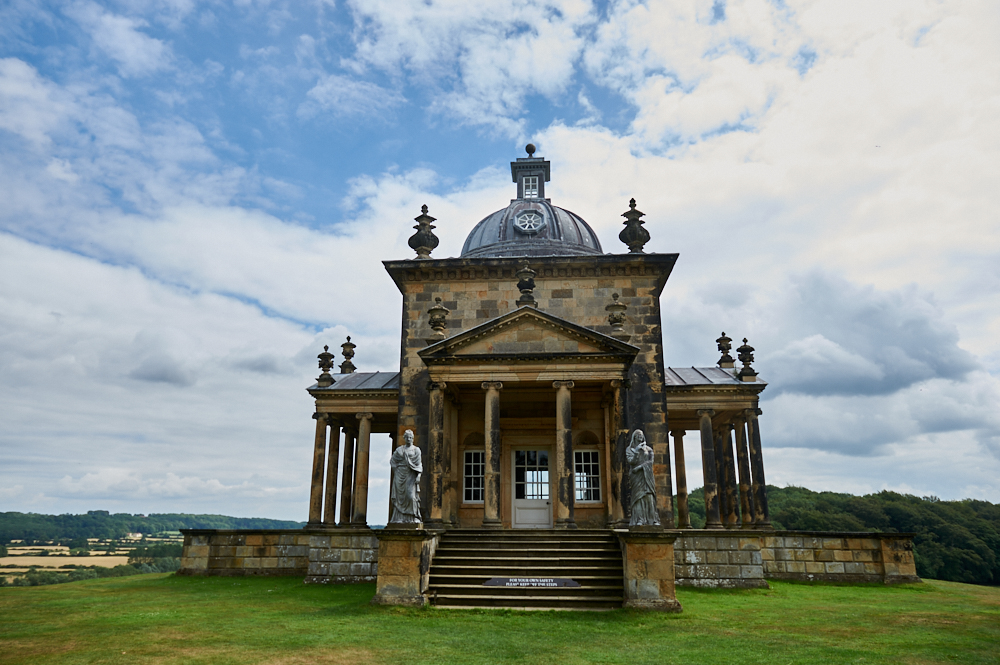
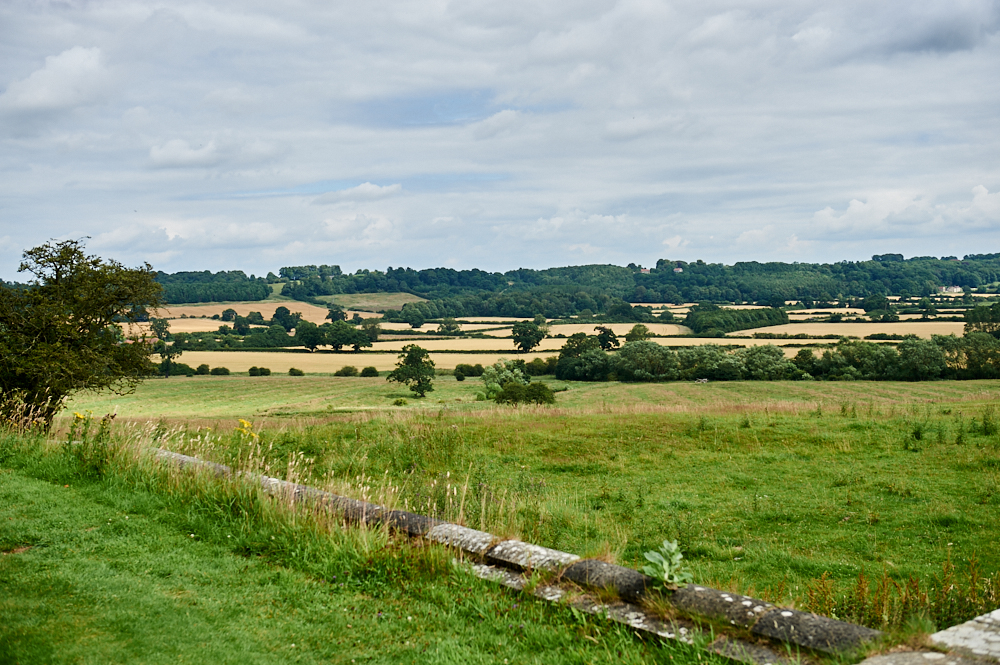
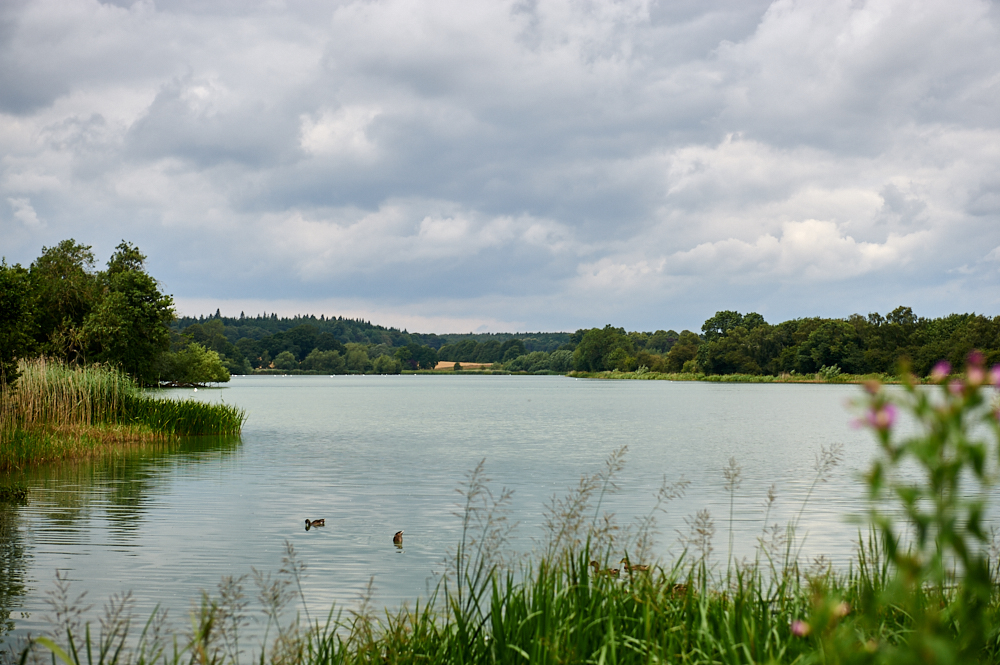
Back at the house, it was also time to catch the bus back to York and enjoy another drive through the scenery.
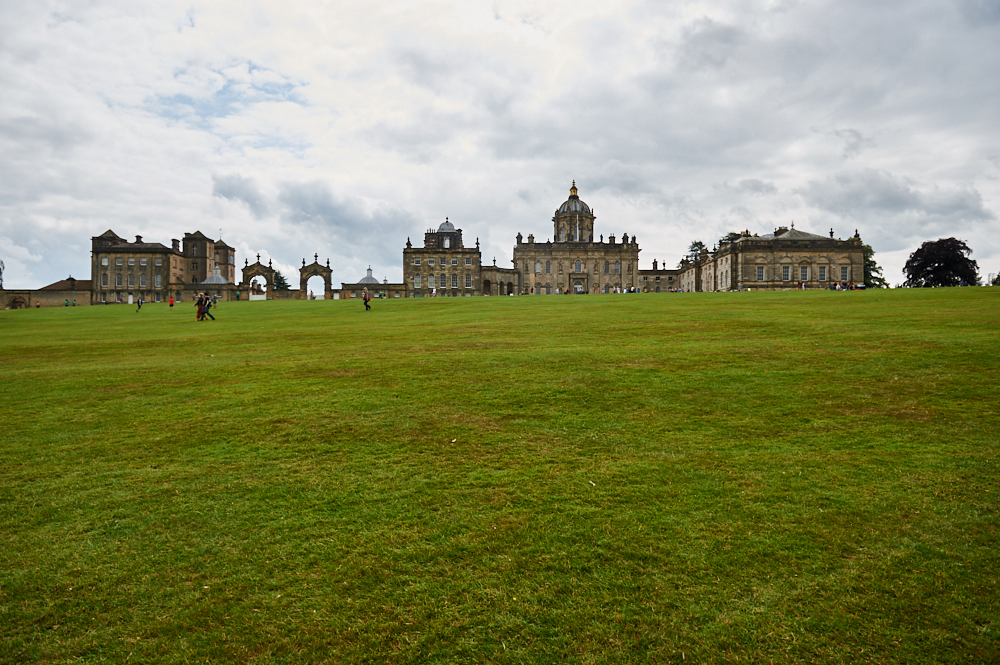
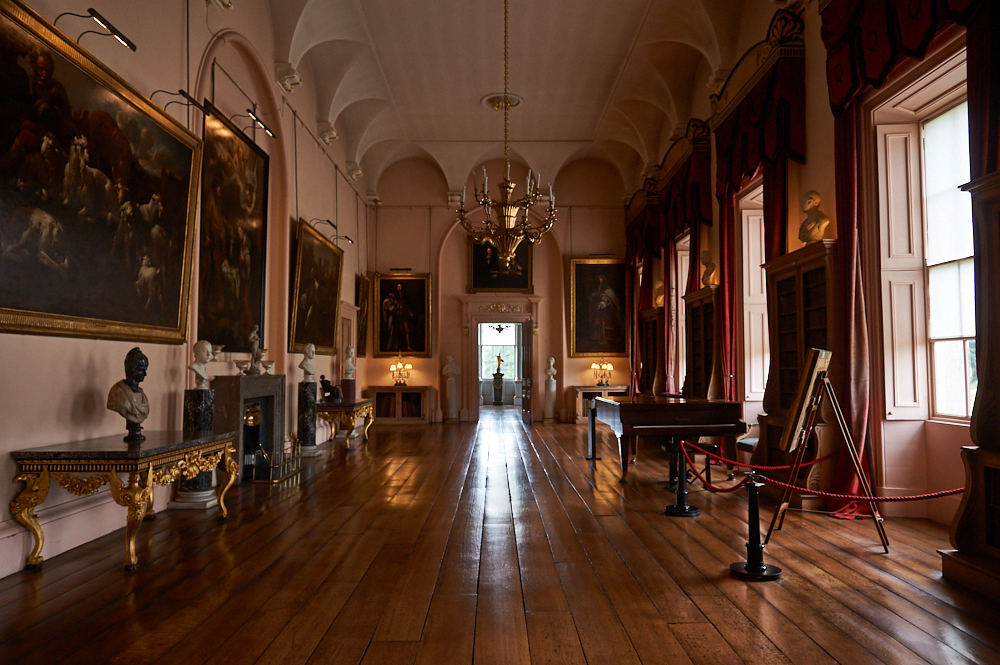
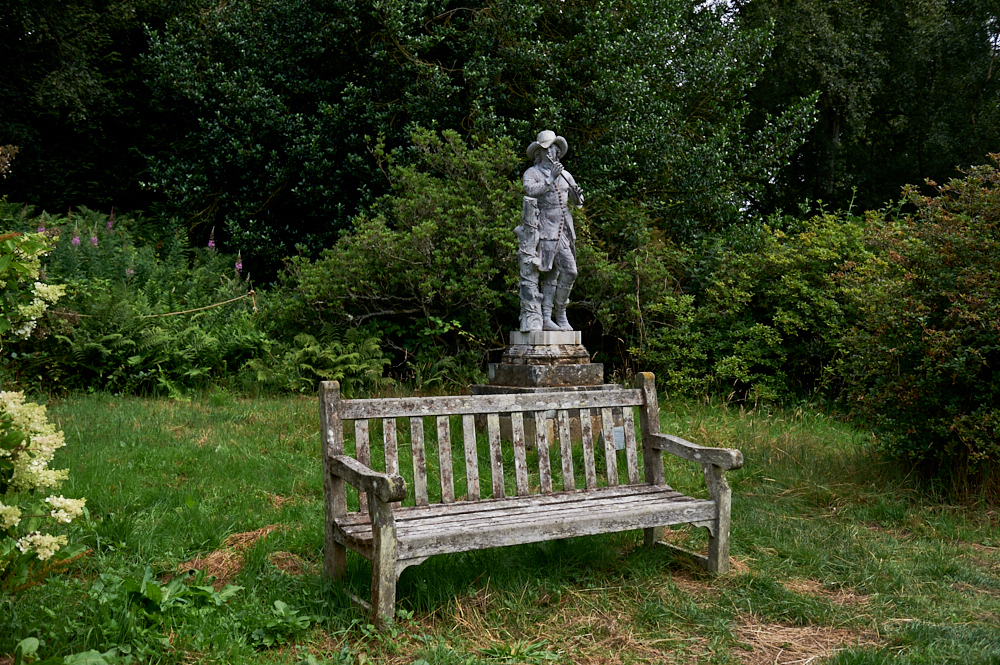
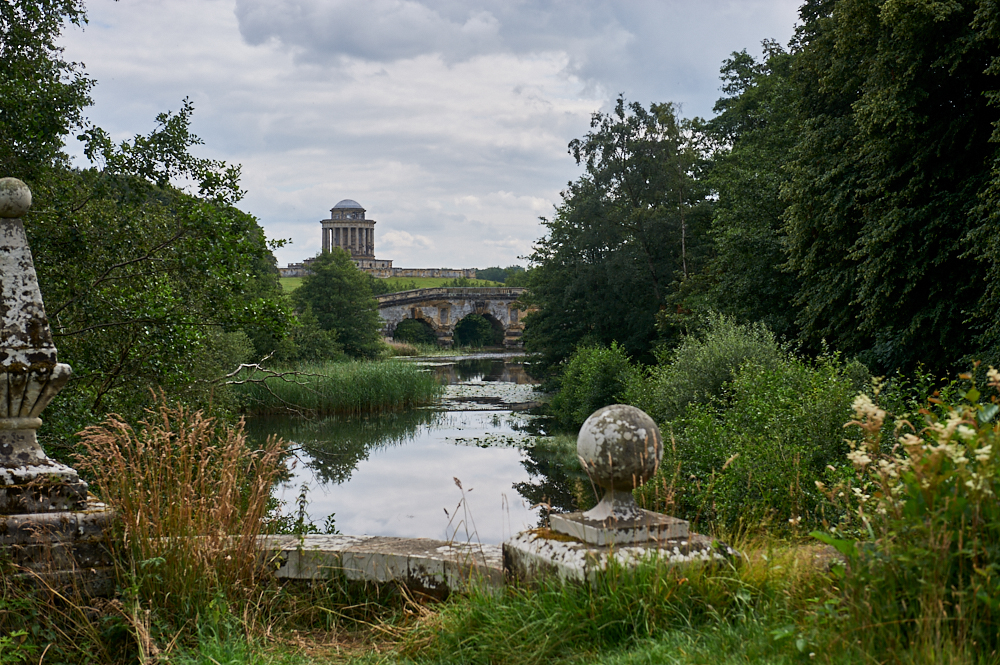
Leave a Reply